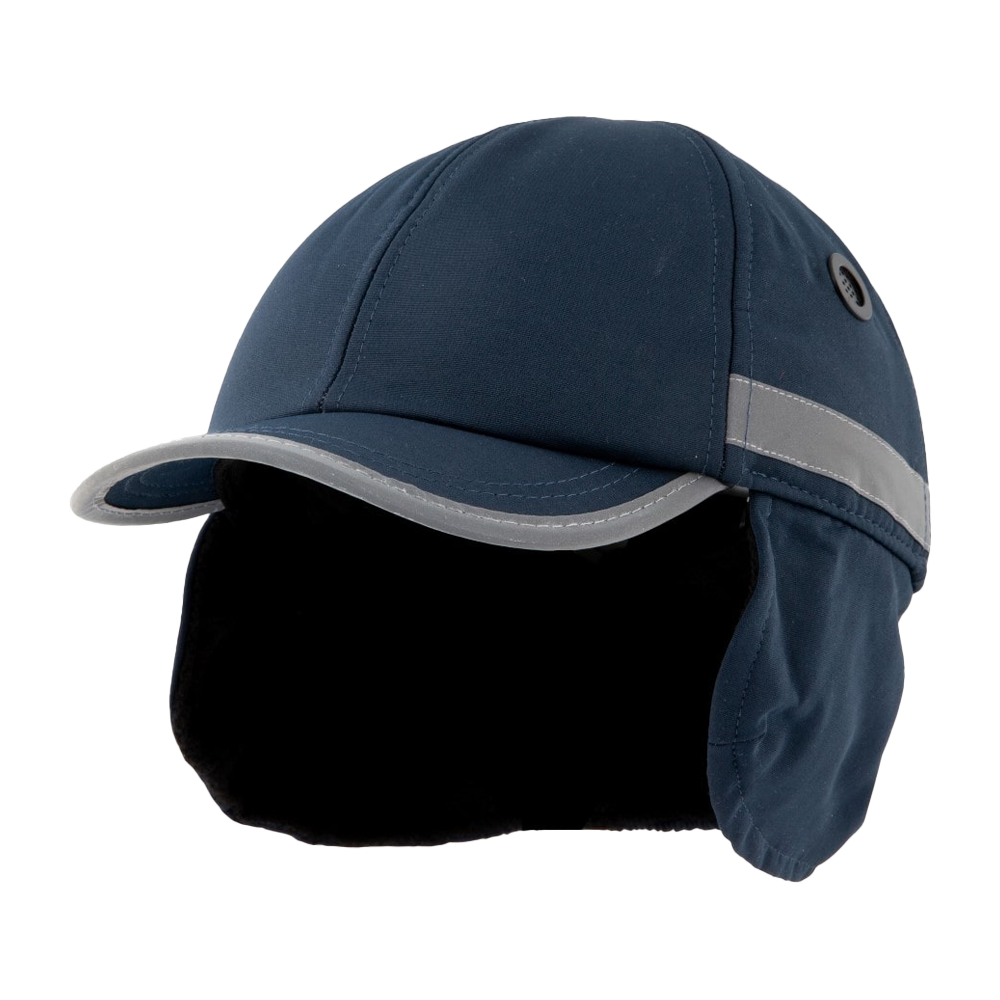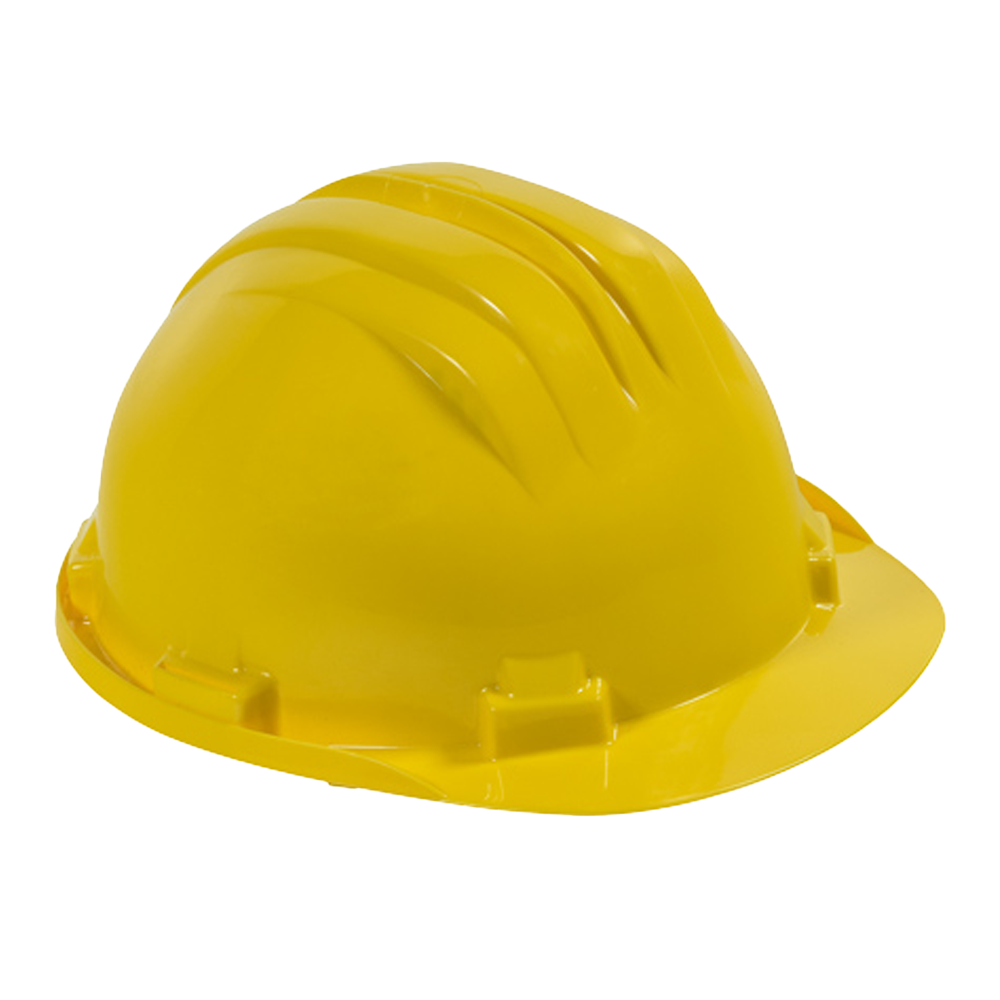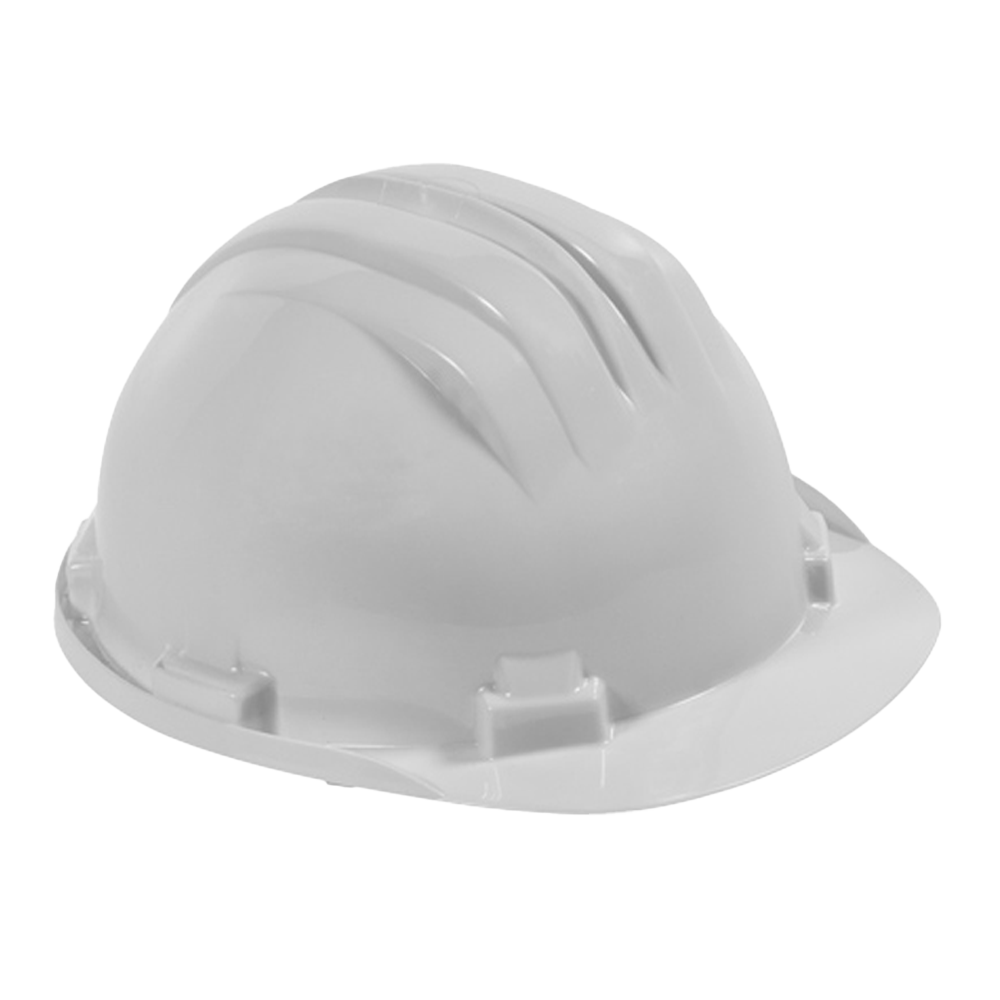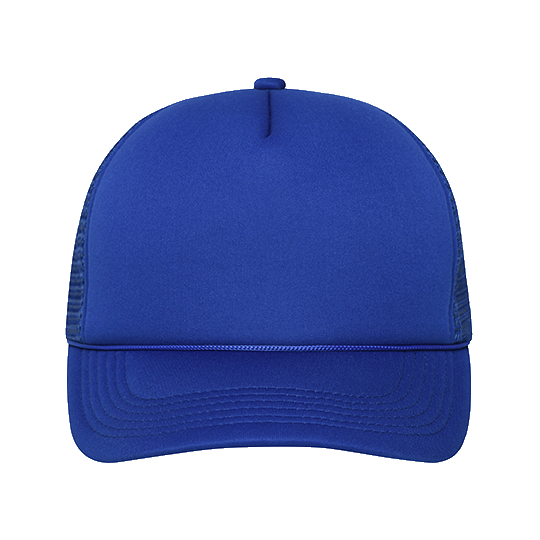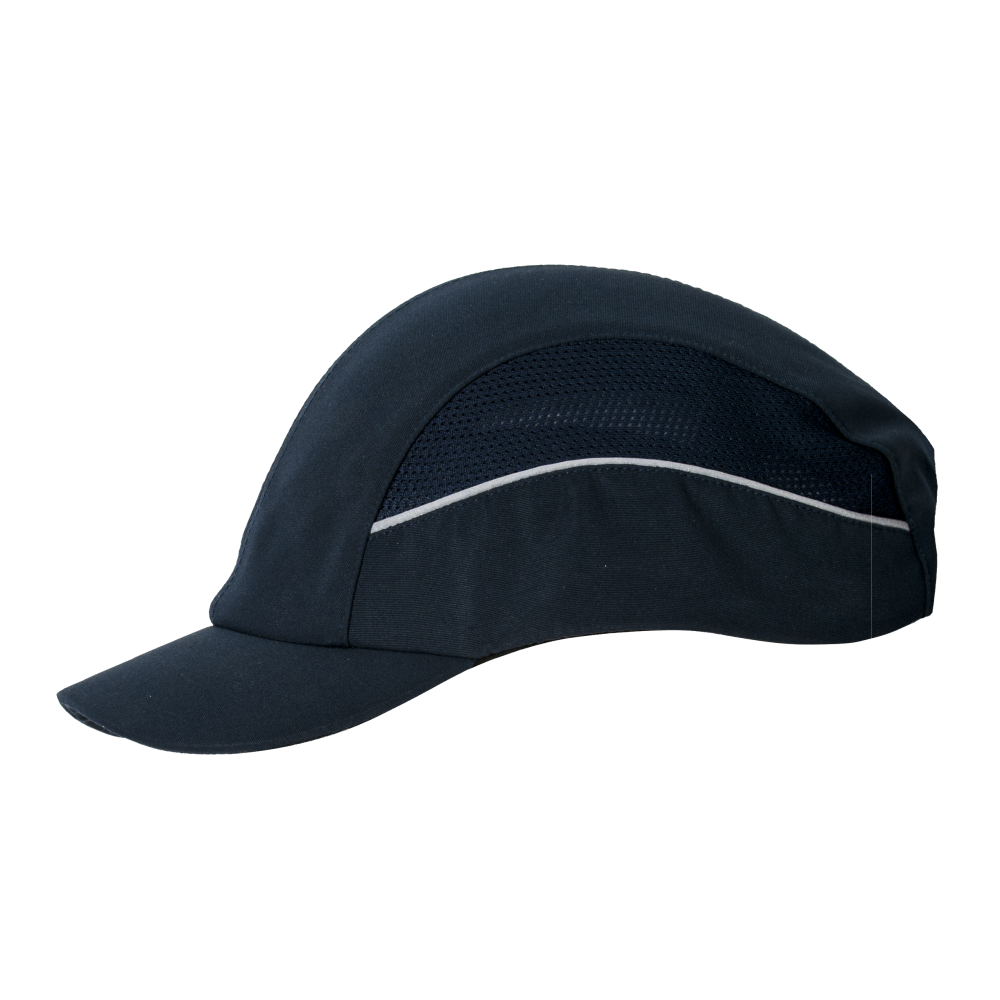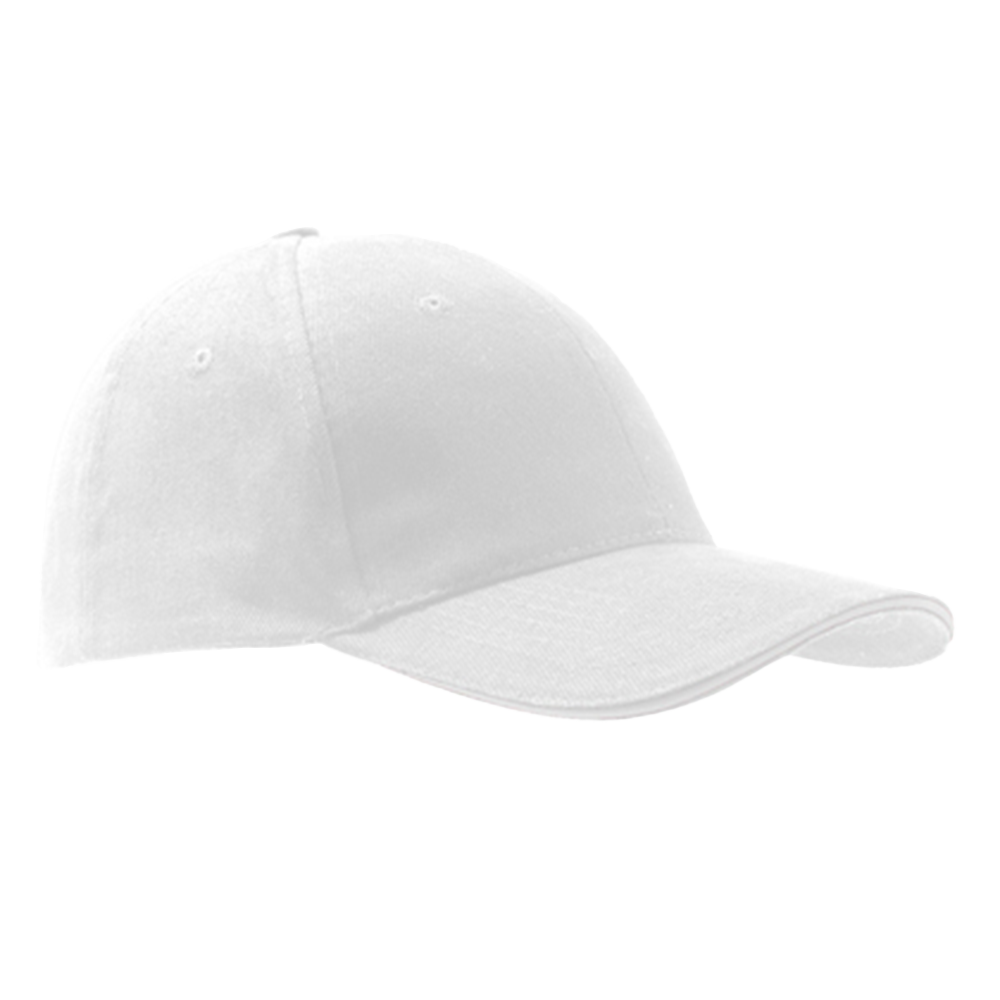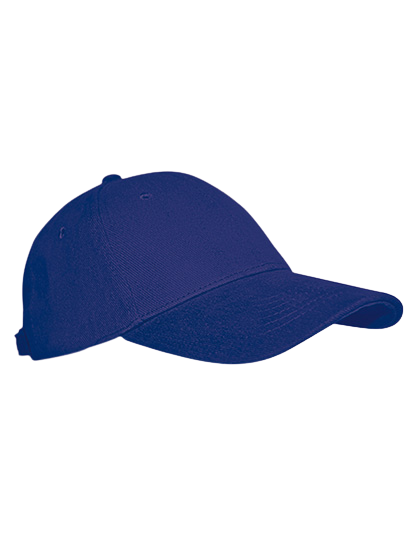Safety helmets & caps: The perfect head protection for logistics!
Unsere Kopfbedeckungen schützen Sie vor potenziellen Gefahren und bieten Ihnen den ganzen Tag über einen angenehmen Tragekomfort. Entdecken Sie unser Sortiment.
Protection and Functionality in Logistics with Our Helmets and Caps.
In the logistics industry, helmets and caps play an essential role. Not only do they look modern, but they also protect the wearer from potential dangers all day long. Learn more about our headgear.
Is it mandatory to wear a helmet or cap?
The obligation for employees to use the provided head protection is derived from § 30 "Use" of DGUV Regulation 1 "Principles of Prevention".
Accordingly, employees must use personal protective equipment as intended, regularly check its proper condition, and immediately report any defects to the employer.
Do helmets and bump caps fall under legal regulations?
DIN EN 397
The basic requirements for safety helmets set out in DIN EN 397 include shock absorption, penetration resistance, chin strap attachment, and flame resistance. They protect the wearer from falling objects and mechanical impacts, thus preventing potential consequences.
The EN 397 standard also includes protection against lateral deformation of the helmet. The safety helmet should provide protection at very low temperatures (down to -20/-30 degrees Celsius) and also at very high temperatures (up to 150 degrees Celsius).
According to EN 397, safety helmets must be marked. The standard must be on the helmet, along with the name and mark of the manufacturer, the year and quarter of manufacture, the helmet type, the size, and size range (head circumference in cm), as well as an abbreviation of the helmet material. Additionally, the helmet must be compatible with other accessories (such as hearing protection, face protection, etc.).
Which industries commonly use helmets or caps?
We recommend using helmets or caps in activities where head injuries could occur or specific safety standards must be met. Helmets or caps are commonly worn in the following industries:
- Logistics and warehousing
- Construction
- Industry and manufacturing
- Working at heights
- Road construction and transportation
What materials are these types of head protection made from?
Helmets and caps for head protection are typically made from various robust materials, each offering different properties and protection levels.
Common materials include:
- ABS (Acrylonitrile Butadiene Styrene)
- PE (Polyethylene)
- Polycarbonate
- Nylon
- Fiberglass-reinforced plastic
What are bump caps?
Bump caps are specially designed protective helmets that resemble regular caps with a textile covering and are equipped with a removable plastic shell.
Unlike conventional helmets, bump caps feature an adjustable and elastic headband but do not have a chin strap.
What colors do helmets and caps typically come in?
The most common colors for helmets and caps are white, yellow, blue, red, green, gray, and black.

